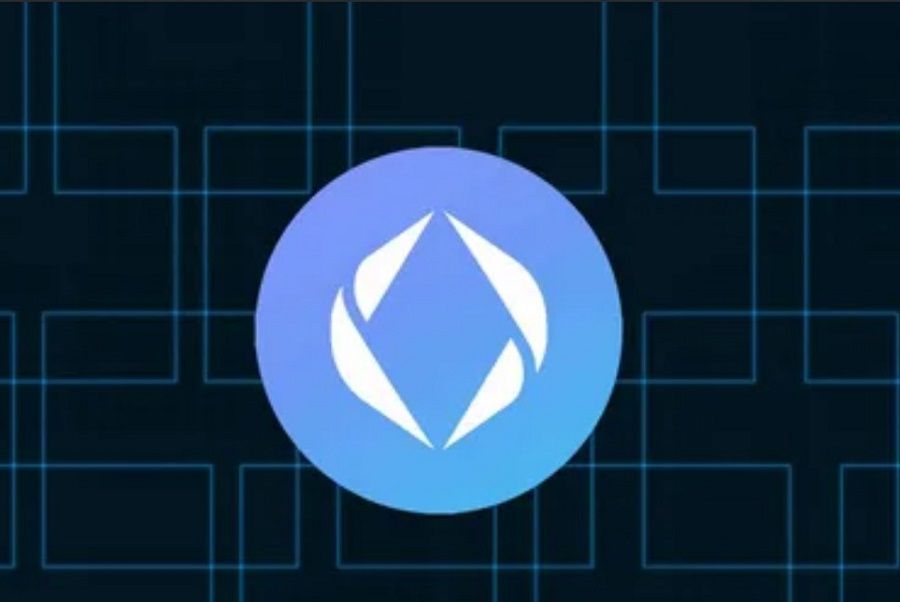
2022-10-11 05:42 |
There were 437,000 new ENS domain registrations in September 2022, generating over $5.5 million in revenue. Betting on Ethereum’s bright future, buyers invest in these new forms of web domains with the intention of selling them at higher prices to companies that will unavoidably have to do business in the decentralized world. On the secondary NFT marketplace OpenSea, which accounts for 97% of all ENS sales, three and four-character ENS names find buyers at very high prices, like 555.eth, which was sold for $150,000 recently.
What’s Ethereum Name Service (ENS)?ENS functions similarly to DNS (Domain Name Service). Thanks to DNS, we don’t have to type in the IP address when we like to visit a website. Instead, we search or type in the name because DNS links IP addresses with human-readable domain names.
So does ENS; it maps long wallet addresses with easy-to-read names. As a result, sharing crypto addresses become user-friendly.
ENS is built on Ethereum and is meant for the decentralized version of the internet. So, you can create secure, private, and censorship-resistant websites, as well as upload them to IPFS.
ENS doesn’t intend to replace DNS but rather to extend it. If you own a DNS domain name, you can also use it with ENS. Although the native name suffix for ENS is .eth, it also supports many DNS names, like .com, .org, and .app.
How does ENS work?Just like DNS, ENS has a hierarchical system that allows the domain owners to issue and control any number of subdomains while enabling the use of easy-to-read names.
It is essentially two smart contracts. The first one is the ENS Registry, a database that stores and records all domains and subdomains and other details of the domain owner. Here, the owner can be a user with a crypto address or another smart contract that the Registry grants the right to issue subdomains.
When a domain name is requested, this database prompts the second smart contract, the Resolver. It is the part that is responsible for converting machine-readable addresses to names. Hence, as a result of the domain request, it delivers the user-friendly version of the address it transformed.
Registering and transferring ENS namesYou can use the ENS app to search, register, and manage ENS domains (.eth). You need a non-custodial crypto wallet to connect with the application, like MetaMask. There must be enough funds to cover the annual fee of the domain, transaction costs, and Ethereum gas fees. Annual fees depend on the number of characters the name includes. At the time of writing, four-character names cost $160/year, while three-character names cost $640.
A domain owner can transfer the main domain or the subdomains. ENS names are actually ERC-721 non-fungible tokens, so you can transfer them to other wallet addresses as you send any NFT. Because ENS names are NFTs, you can also trade them on NFT marketplaces.
ENS DAO and ENS tokenENS is an open and public protocol developed by a nonprofit that prioritizes community-driven decisions. It’s governed through a DAO. Community members vote on proposals via Snapshot and can delegate their voting power on the Tally platform.
A real entity, the ENS Foundation, represents the DAO in the physical world. The Foundation was co-founded by Nick Johnson, Brantly Millegan, and Kevin Gaspar.
ENS is the DAO’s governance token launched in November 2021. For a proposal to pass, 100,000 ENS tokens must be voted. The primary functions of ENS holders include governing the .eth price and deciding how to use funds from the community treasury.
There’ll be 100 million ENS tokens in total with the following allocation:
.eth domain holders: 25%community contributors and launch advisors: 25% community treasury: 50%The current circulating supply is 20,244,862 ENS.
The post An Introduction to Ethereum Name Service (ENS) appeared first on NFT News Today.
origin »Ethereum (ETH) на Currencies.ru
|
|











